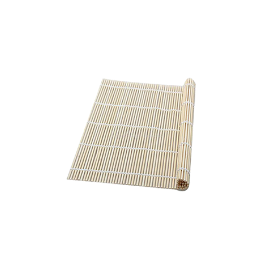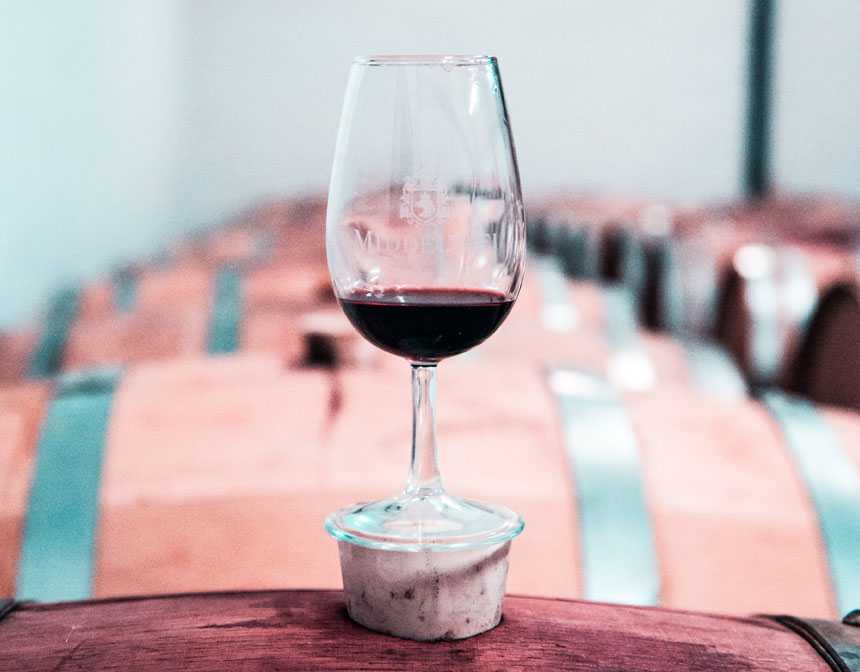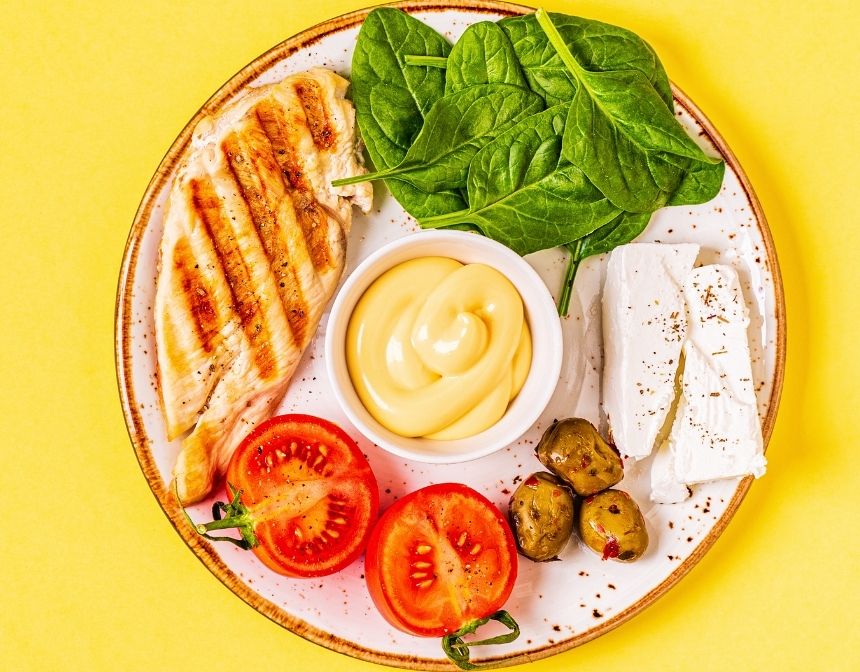What is Onigiri?
Onigiri, commonly called omusubi, nigirizushi, or rice ball. It is a Japanese dish prepared with white rice molded into triangles or cylinder forms and frequently covered in dried seaweed, also known as nori.
Originally, an onigiri is stuffed either pickled ume (umeboshi), salted fish, especially salmon, katsuobushi, miso paste, tarako, kimchi, takana zuke (salted takana), or indeed any salty or sour flavor as a food's natural preservative. Several Japanese grocery shops provide Onigiri with a variety of fillings and tastes. In addition, there are also dedicated stores that exclusively offer Onigiri to go. Because of the prominence of this food in Japan, Onigiri has become a renowned staple in Japanese restaurants across the globe.
Despite what people think, Onigiri is not a kind of sushi and must not be misconstrued with nigiri sushi or just nigiri. Onigiri is prepared from plain rice (occasionally mildly salted), whereas sushi is prepared from rice with white vinegar, caster sugar, and regular salt.
How To Wrap Onigiri?
First, wet your hands with water. Then apply some salt. Put the cooked rice in your hand and form a thick triangle. Press a little towards the middle of the triangle and create a dimple. Then put the stuffing in the middle of the rice and gently push it into the rice. Put the rice on the filling to cover it. Prepare the rice balls by pressing lightly with both palms. Straighten the triangle shape with your hand. Wrap the rice ball with one or two strips of nori or sprinkle some sesame seeds on it.
How to Make Onigiri Rice?
It is suggested to use koshihikari sushi rice, which is thicker and stickier and more likely to retain its form. Onigiri is best made using midrange or small grain rice since the grains hold together easier than long grain rice. Rinse the rice till the water flows clean. In a skillet, add cleaned rice and six cups of water. Bring to the boil while swirling periodically, above high temperature. After that, boil the rice on low heat until soft.
What To Serve With Onigiri?
Many side dishes can be served with Onigiri. Teriyaki tofu is a spicy side dish that goes well with Onigiri. Spanish Ohashi is a perfect blend of all subtle flavors. Ramen Egg is another prevalent side dish with Onigiri.
Here are our delicious recipes that you can serve with Onigiri:
How to Store Onigiri?
When keeping Onigiri in the refrigerator to store, cover them in plastic wrap, placing them in a small sealed container. This one will help with hydration retention in the rice and prevent the top surface from hardening out. To prevent the rice from being too cold and hard, one may also cover them inside an additional layer (including a damp cloth or a cotton towel). Keep the nori apart from the rice before ready to eat, or it will get sticky and soggy.
Recipe Variation
- Cooked Chicken Onigiri: The process of making Onigiri is the same as illustrated above. Instead of adding bonito flakes inside the rice ball, add boiled chicken with seasonings such as salt paper, chives, soy sauce, and much more. Make a hole inside the rice ball and stuff the chicken generously. Gently squeeze the rice ball to get the desired shape.
- Tuna Mayo Onigiri: Tuna Mayo onigiri is the best filling of Onigiri. Tune is a kind of fish mixed with some seasoning and creamy mayo. Filled inside the Onigiri and pressed gently for the desired shape.









































